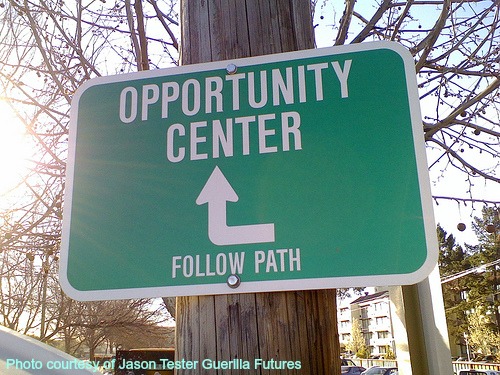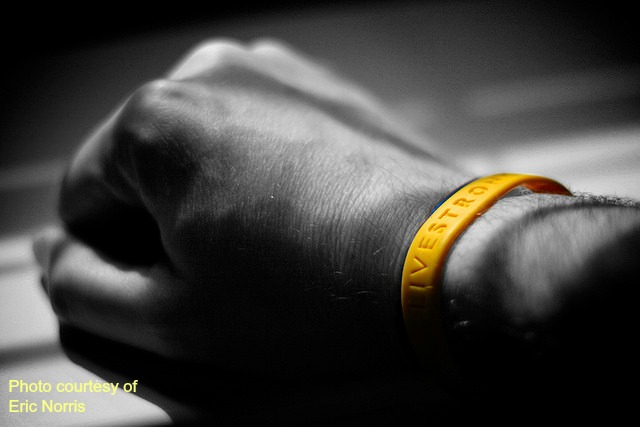I hope you never have to go to court. But if you do, you’ll appreciate folks like Amanda Tuttle, who is completely dedicated to accuracy and details. As a judicial assistant, her main responsibility is to keep court records, including
Math at Work Monday: Amanda the Judicial Assistant











